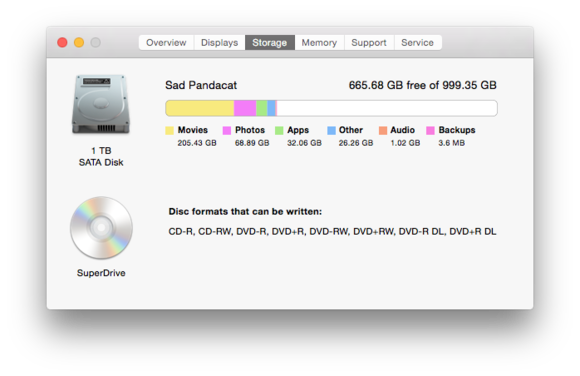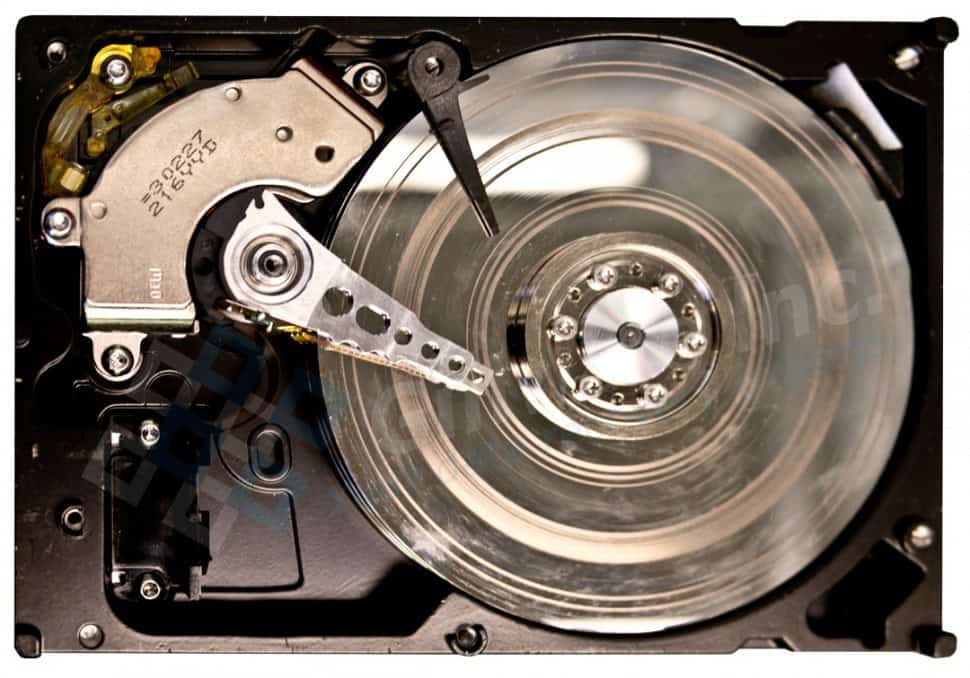
RAID Reconstructor:
321Soft Data Recovery is the best choice for getting your data back, now includes a powerful RAID Reconstructor. You can also use this option to reconstruct broken RAID systems or lost RAID for recovering data on Mac. 321Soft Mac Data Recvery is the only product with this powerful tool in the industry. Reconstructing damaged or broken RAID arrays is a very complicated process, but 321Soft makes it quite simple, you won't believe it.This is especially useful when the controller has stopped working, but the drives are still working. You simply attach the drives to a system and reconstruct the RAID systems and recover data!
Specifications & Features
Screenshots
FAQs
Quick Start
Product Datasheet
RAID 0 is a popular disk setup solution to achieve the fastest possible read and write disk speeds by splitting data between two or more hard drives. The latest version of Mac OS X High Sierra (10.13) does not allow you to simply install to any kind of RAID configuration. This has frustrated a lot of the Mac community. Until Mac OS X High Sierra officially supports RAID configurations, follow the steps below to setup a fully functional RAID 0 configuration.
MacDrive 10 Pro gives you the power of Mac RAID on your Windows PC. With MacDrive 10 Pro, you can access Apple formatted RAID disks as well as RAID sets created with SoftRAID. You can also securely delete files and folders from your disk and easily create ISO images and mount sparse images. A software RAID is one that is managed by your Mac, though the disks can (and usually will be) in an external box. Until El Capitan, you could use Disk Utility to create a software-based RAID, as.
SoftRAID is the powerful and intuitive software RAID utility for macOS and Windows that offers maximum volume capacity, optimum drive performance, data protection, or a combination of attributes via selectable RAID levels. You don't need any special enclosures for this; you can build it in your Mac's Disk Utility app by running the RAID function if you have two spare external drives lying around. The app's instructions are well-written and can quickly guide you through it. RAID 1: This array mirrors both drives to each other. Again, the Mac only sees one drive, but it’s actually backing data up to both.
*You will notbe able to install system updates from the App Store on your live RAID volume. However, see our workaround at the end of guide. *

In order to install the latest version of Mac OS X onto a RAID 0 slice, you must clone a copy of your Mac OS X installation straight to the RAID 0 drives (not a restore, such as Time Machine, which will not work). To accomplish this, you need an external hard drive and a copy of SuperDupersoftware in addition to your RAID 0 drives. We will use the same Mac machine (that will use RAID 0) to perform all the steps below. This method uses hardware RAID and is not a software RAID.
Note: We strongly recommend taking a full backup (Time Machine) to another drive just in case when performing these steps! Save yourself from an accident!
- Use SuperDuper to clone your existing copy of Mac OS to the external drive.If you want to a fresh copy of Mac OS High Sierra instead, clone a copy of a fresh install of High Sierra to the external drive using SuperDuper.
Note: Be sure to complete your SuperDuper clones on the same type of Mac you will install the RAID 0 configuration on. This is important because your Mac OS High Sierra clone will have drivers and system files specific to that machines hardware.
- Next, boot from the cloned external drive we created. Plug in the drive and hold down the option key and choose the external drive install media.
- Now that we booted up from our external hard drive, we can manage our Mac’s internal hard drives and create our RAID 0 array. Remember to only create a RAID 0 array with the same model and capacity size drives.
Open Disk Utility in Applications -> Utilities and create your RAID 0 array shown below.
Go to File -> RAID Assistant
Select Striped (RAID 0)

Best Raid Storage For Mac
Select your 2 internal hard drives to create the RAID array from
Name your single RAID drive. For Chunksize, choose a lower size if you will be using the RAID for regular needs (email/browsing/word processing.) For video editing, choose a higher chunk size.
Success screen appears
- Open SuperDuper and copy the external drive to your new RAID 0 drive.

The copy will complete successfully. Finally, go to System Preferences -> Startup Disk and select your new drive and restart. The first restart may take a little time as your boot files load for the first time.
You can confirm your successful RAID 0 in Disk Utility.
If system updates are available in the app store they will appear, but do not attempt to install them. Your computer will fail installing them and you will likely damage your OS installation! App Store Application updates will install OK. See below workaround.

Raid Disk For Mac Os
Install Mac OS 10.13 System Updates on RAID drive
- Time Machine backup your current RAID Mac OS System.
- Boot to recovery mode. Destroy your RAID drive configuration and reate 2 separate Mac OS Journaled disks.
- Time machine recover to one of the two disks, boot up, and install updates from App Store.
- After updates are installed, create a new Time Machine Backup.
- Use SuperDuper to create a clone of your Mac OS with installed updates.
Best Raid For Mac
- Finally, boot from a different Mac OS High Sierra install disk. Create your RAID configuration and restore (using Disk Utility) or copy (Using SuperDuper) back to your RAID drive configuration.
Now you have the latest Mac OS X system updates installed on your RAID O configuration drive again. The entire process took us under 1 hour using SSD drives and USB 3.0.